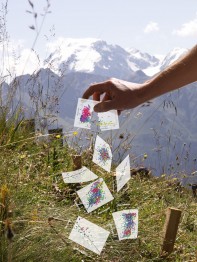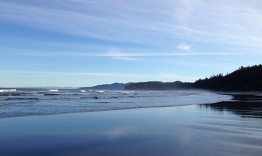How many of Seattle’s residents could live off food grown in their city? If abundant P-Patches and backyard gardens teeming with kale come to mind, you’re like many residents who assume urban agriculture in Seattle could support 50, 80, or even 100 percent of the people who live in the city. It turns out that the actual number is drastically lower.
Read more at UW Today »Scientists solve long-standing ecological riddle
Researchers have found clear evidence that communities rich in species are substantially healthier and more productive than those depleted of species, once complicating factors are removed. An international group of scientists, including University of Washington ecologist Jonathan Bakker in the School of Environmental and Forest Sciences has solved this long-standing ecological riddle using new scientific techniques for analyzing complex data to answer the question: How do we know that conserving biodiversity is actually important in the real world?
Read more at UW Today »Ocean observatory comes alive
This month, researchers from across the globe gain unprecedented access to data from the U.S. Regional Cabled Ocean Observatory.
Read more at The New York Times »Northwest winter weather: El Niño, coastal effects, no more 'blob'
What some have called the “Godzilla El Niño” is now lumbering ashore, right on schedule. El Niño tends to influence North American weather after the first of January, and indeed, we’re seeing warm temperatures in Alaska and much-needed rain in California. University of Washington researchers are tracking what the season will deliver to the Pacific Northwest region. For Washington, El Niño typically brings warm, and often dry, winter weather.
Read more at UW Today »West Coast study emphasizes challenges faced by marine organisms exposed to global change
The Pacific Ocean along the West Coast serves as a model for how other areas of the ocean could respond in coming decades as the climate warms and emission of greenhouse gases like carbon dioxide increases. This region—the coastal ocean stretching from British Columbia to Mexico—provides an early warning signal of what to expect as ocean acidification continues and as low-oxygen zones expand.
Read more at UW Today »





